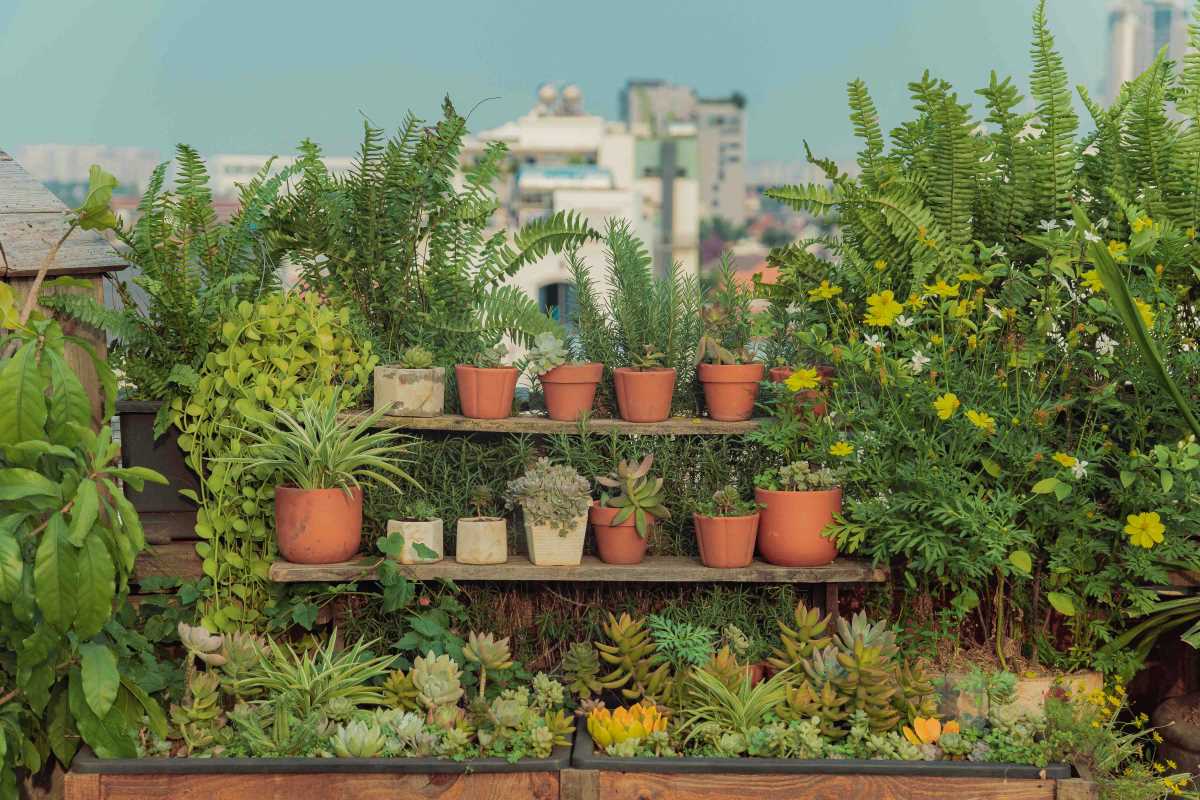Creating a lively and flourishing garden begins with selecting the perfect plant starts, and we're here to guide you through this enjoyable process. Choosing the right additions for your garden is more than just a task; it's a delightful adventure that brings color and life to your outdoor space. Whether you're embarking on a new gardening journey or adding to an existing landscape, knowing where to find high-quality plant starts can greatly enhance your gardening confidence. As you delve into the world of garden plants, you'll discover that understanding what to seek out when shopping not only boosts your success but also adds to the joy of the experience.
In this guide, we explore practical tips for finding healthy plant starts at local markets versus larger retail outlets. With straightforward advice and relatable examples, you can quickly grasp the basics of plant selection and care. The information here aims to take the mystery out of gardening shopping and help you feel more at ease as you embark on your green journey.
Why Shop for Plant Starts: The Basics
Choosing plant starts allows you to build a garden that reflects your personal style while saving money compared to buying full-grown plants. Buying starters gives you the chance to learn about different plant varieties, understand their needs, and discover how certain species thrive in your local climate. Starting with young plants gives you a head start on growing a mature, beautiful garden over time.
Carefully selecting plant starts sets the stage for long-term gardening success. Taking the time to compare options and observe plant health means you can invest in plants that will flourish under your care. Understanding basic traits, such as healthy foliage and visible root structure, helps guide your decision on where to shop.
Pros and Cons of Local Markets vs. Big Box Stores
Local markets and larger retailers both offer distinct benefits and potential drawbacks when you buy plant starts. Each shopping experience provides unique opportunities; sometimes the familiarity of small, community-based vendors encourages learning and storytelling about the plants passed down through families. At other times, the convenience and variety offered by big retail chains can be the deciding factor for those needing a one-stop, wide-ranging selection.
Understanding these differences can help you make choices that suit your situation. Here are some advantages and disadvantages to consider:
- Local Markets: Close-knit vendor relationships, locally adapted plant varieties, personalized tips from growers, and seasonal selections that often rotate based on regional climate.
- Local Markets: Sometimes limited stock compared to larger stores, and the variety might not be as wide if you look for rare or specialty plants.
- Big Box Stores: Extensive selection, transparent pricing, and the convenience of finding multiple garden supplies in one visit.
- Big Box Stores: Standardized plant choices that might not be ideally adapted to local conditions, and less opportunity for individualized advice.
How to Spot Healthy Plant Starts
Identifying healthy plant starts is one of the most important steps when shopping. A well-cared-for plant often signals the likelihood of a fruitful garden all through the seasons. With a little knowledge, you can quickly spot signs that indicate a plant's strength and future potential. Check for vibrant leaves, robust stems, and a healthy root system as you evaluate your options.
To ensure you pick quality plants, consider these inspection steps while shopping plant starts:
- Examine the leaves for any discoloration, spots, or signs of pests. Healthy leaves should be firm and vibrant.
- Gently check the root system if possible. Roots should appear white or light-colored and show signs of good structure.
- Ensure the stem is firm and not overly woody, indicating that the plant is still in a youthful, growing stage.
- Look for signs of damage or stress like drooping or wilting, which might suggest the plant was not properly cared for.
- Smell the plant if you can; a healthy plant often has a fresh, earthy aroma without any damp, rotten odor.
Questions to Ask Sellers and Store Staff
When you are in the process of choosing plant starts, don't hesitate to ask questions. Gaining insight from the seller or store staff can provide a deeper understanding of the plant's background and care requirements. Questions such as the plant's age, care history, and ideal growing conditions can be very helpful. If the person at the counter seems knowledgeable, it often translates to a stronger commitment to the quality of the garden product you leave with.
Before making a purchase, consider inquiring about the source of the plant, whether it has been treated with any chemicals, and how it has been maintained prior to sale. Asking these questions not only increases your confidence in the quality of your purchase but also opens up avenues to secure additional helpful tips for gardening. Sellers who take the time to answer queries usually appreciate customers who care enough to ask thoughtful questions.
Price, Selection, and Variety: What to Expect
Price, selection, and variety are three key factors that influence your buying decision when selecting plant starts. A local market might offer a smaller range of plant types but could include rare or heirloom varieties that differ from the standard options at larger retail chains. With a bit of research, you can often find great deals at local markets that also allow you to support community businesses.
In contrast, big retailers typically offer consistent stock and lower prices due to buying power and mass production. The predictable nature of these stores can be a big advantage if you are looking for a particular type of plant without the need for specialized varieties. Understanding your budget alongside your garden's unique needs will guide you toward the best option for your gardening project.
Making the Best Choice for Your Home Garden
Select plant starts by balancing your personal style, budget, and the unique needs of your garden. Take time to compare options at local markets and big box stores, inspecting for quality and asking questions to ensure healthy, thriving plants.
With some research and thoughtful choices, you can make gardening more rewarding. Enjoy the process and watch your garden become your own unique space.
 (Image via
(Image via





